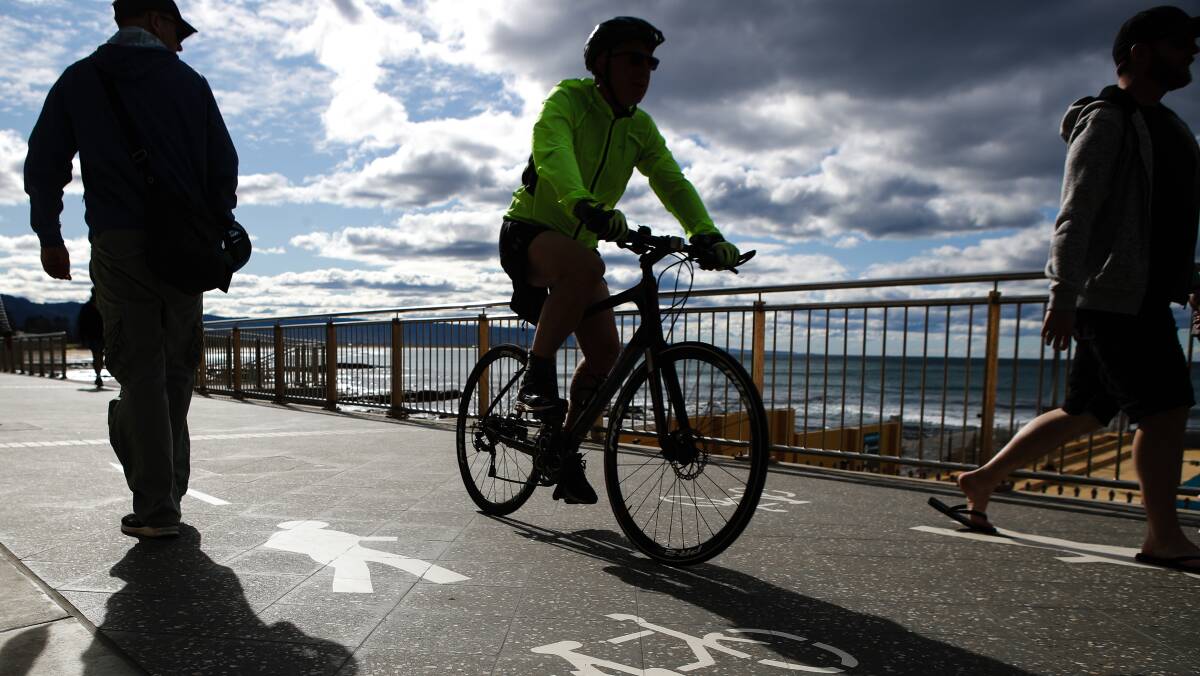When I walk my five-year-old daughter to school, I often think about another little girl on the other side of the world. Ella Kissi-Debrah, a nine-year-old from South London who died 10 years ago after a severe asthma attack.
Subscribe now for unlimited access.
$0/
(min cost $0)
or signup to continue reading
Ella lived within 30 metres of the busy South Circular Road. Every day at her home, and to and from school, she was exposed to high levels of air pollutants.
Ella was hospitalised more than 25 times in the three years preceding her death, and suffered a final acute asthma attack in 2013.
In a landmark case in 2020, Ella became the first person in the world to have air pollution cited as a cause of death after a ruling by a coroner in the United Kingdom.
Her death was attributed to acute respiratory failure, severe asthma and air pollution exposure. The documented source of the air pollution? Traffic emissions outside her home and school.
Maribyrnong City Council also recently declared a health emergency linking high rates of illness in residents to truck pollution in the area.
When my daughter and I walk past the school drop-off line of idling SUVs and four-wheel-drives, with their tailpipes at the same height as her face, my stomach sinks with worry for her health. As a physician, I know all too well how harmful transport pollution can be.
Despite Australia's seemingly clear skies, our air is not clean. Transport is the largest source of Australia's emissions after energy, with cars and light commercial vehicles alone making up almost two-thirds of transport pollution.

Research shows transport pollution is more harmful than we realise. It's estimated that, every year, vehicle emissions in Australia are responsible for more than 11,000 premature deaths of adults, more than 19,000 admissions to hospital for cardiovascular and respiratory issues, and 66,000 asthma cases in children.
The two main pollutants from vehicles, which many Australians, just like Ella, are heavily exposed to are nitrogen dioxide (NO2) and fine particulate matter (PM2.5).
Doctors and health professionals are increasingly concerned about PM2.5. These particles are 2.5 micrometres in diameter - small enough to breathe deeply into our lungs and enter our bloodstream. This can have widespread health impacts, including asthma, lung cancer, diabetes, heart attacks, strokes and even premature death among others.
They're particularly harmful for pregnant women. PM2.5 can cross the placenta and result in decreased fetal growth and premature births. Children are another vulnerable group because they have immature lung and immune systems, and narrower airways at risk of constriction by air pollutants.
I find it especially frustrating we have clear, practical and immediate ways to make our transport system cleaner - but governments have been slow to act.
Australia remains a dumping ground for dirty, inefficient cars that pollute our air while costing us a fortune to run. We deserve cleaner air, safer streets, and liveable cities where everyone, particularly our more vulnerable and marginalised groups, has affordable, accessible and reliable ways of getting around.
Strong fuel efficiency standards to support a shift to electric vehicles can help drive a rapid transition to cleaner lower and zero emission cars. However, we need a broader approach beyond simply replacing polluting cars with cleaner electric ones.
Greater investment and urban planning to support walking, bike riding, and clean public transport is critical. This is a top priority for communities across Australia. Eighty per cent of Australians want governments to invest more in public transport, and more than two-thirds (67 per cent) of Australians think governments should deliver more footpaths and bike lanes across the country.
The Climate Council crunched the numbers to figure out how we can achieve this future and reduce harmful pollution across the board. Boosting the number of public and active transport trips will protect Australians from harmful pollution right now, and tackle the risk of dangerous climate change in the years ahead.
It will take a major shift, but it's absolutely critical we rethink how we get around.
Daily trips on electric public transport will need to increase three-and-a-half times, and those made on a bike or on foot would need to triple. Simultaneously, trips made by private car need to halve.
To do this, governments must significantly step up investment in well-connected footpaths and bike lanes, and boost reliable, accessible, all-electric public transport services.
I want to be able to walk my child to school without worrying about the harmful air pollution entering her - and my - lungs.
For the sake of our kids, our health, and our climate, it's time to speed up Australia's journey to a clean transport future.
- Dr Kate Charlesworth is a public health physician and Climate Council councillor.

